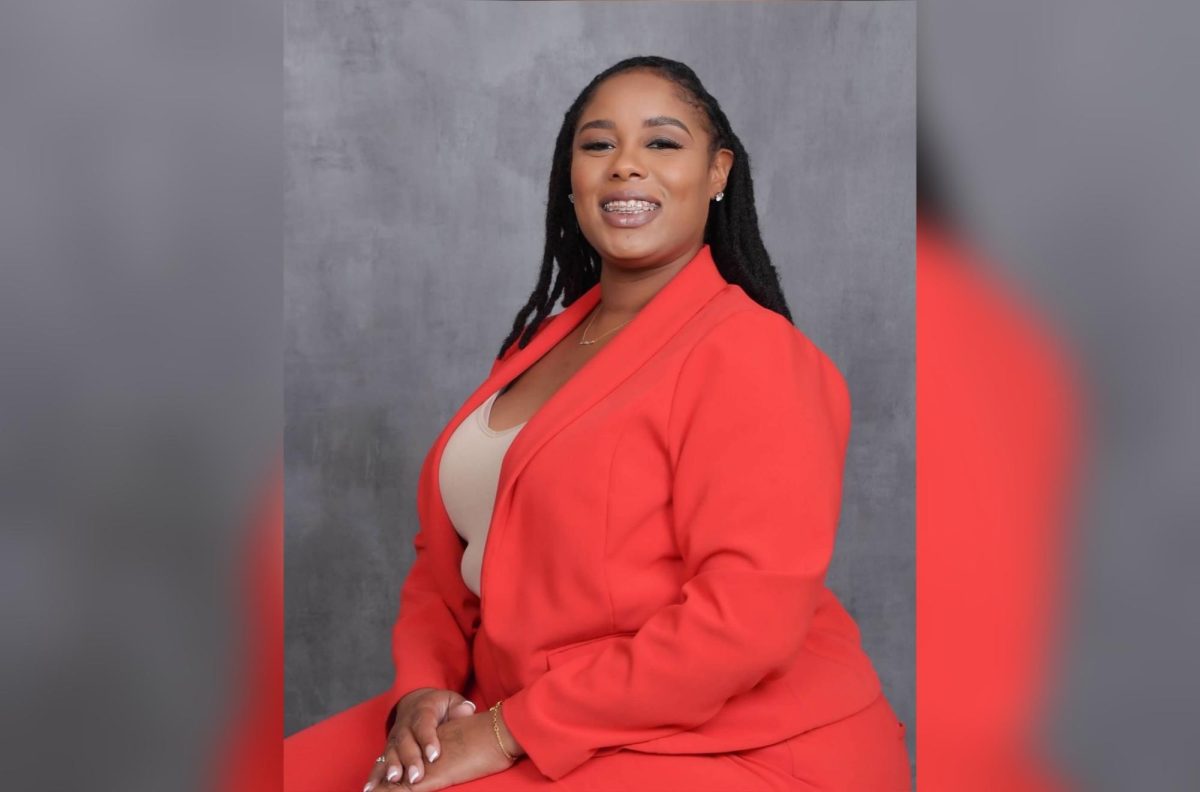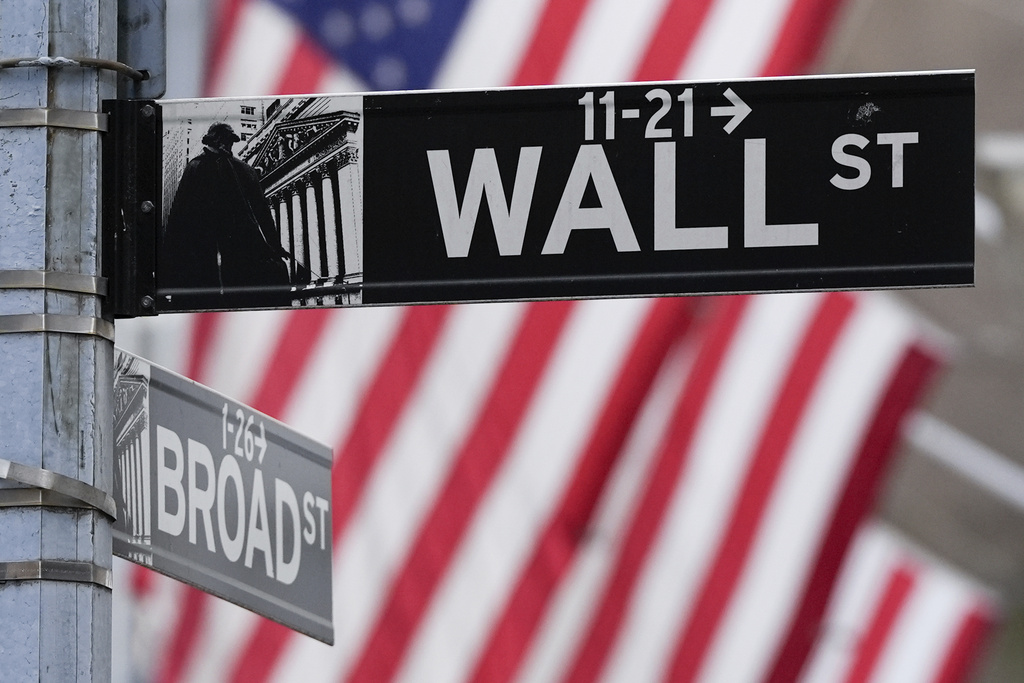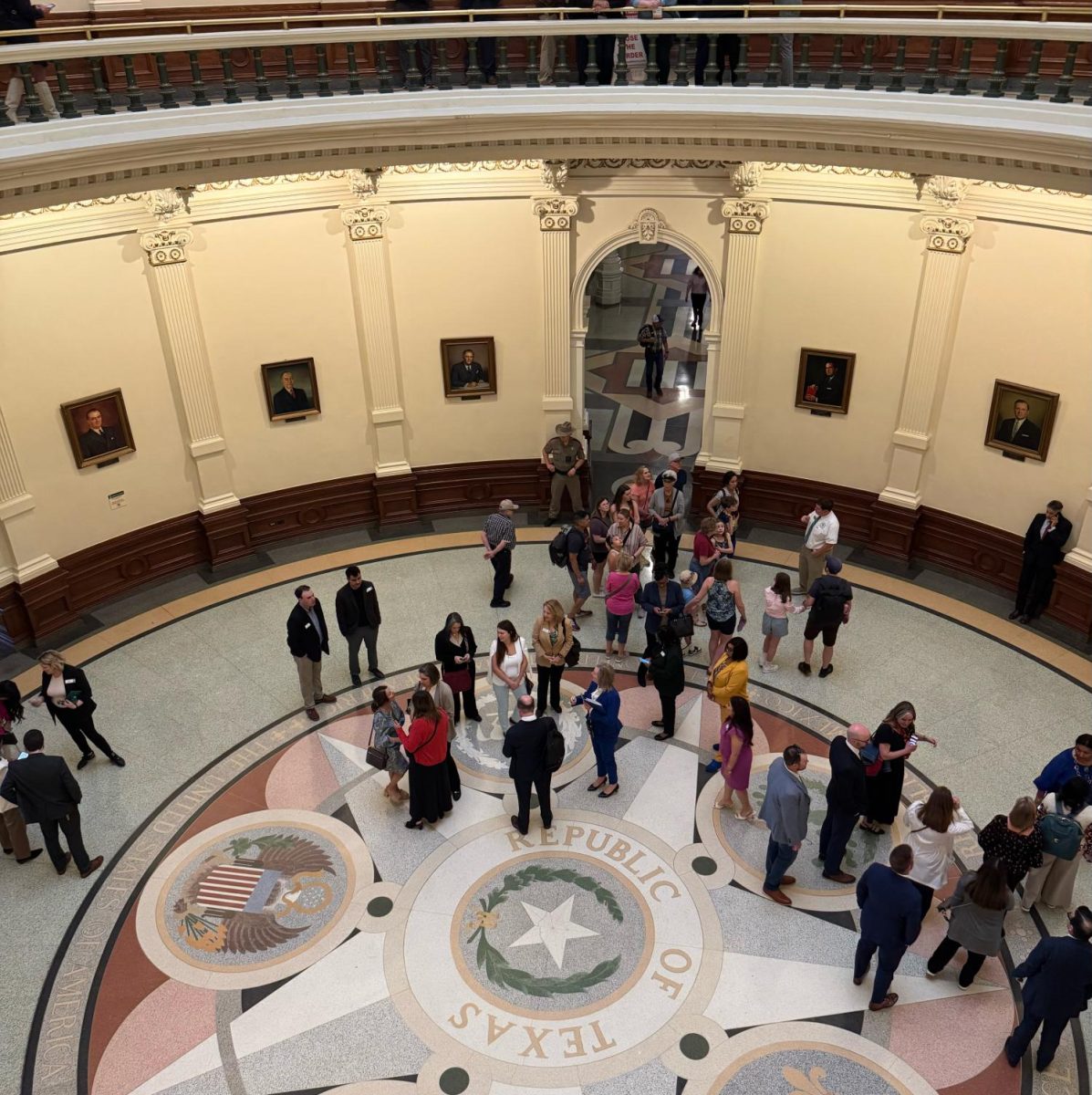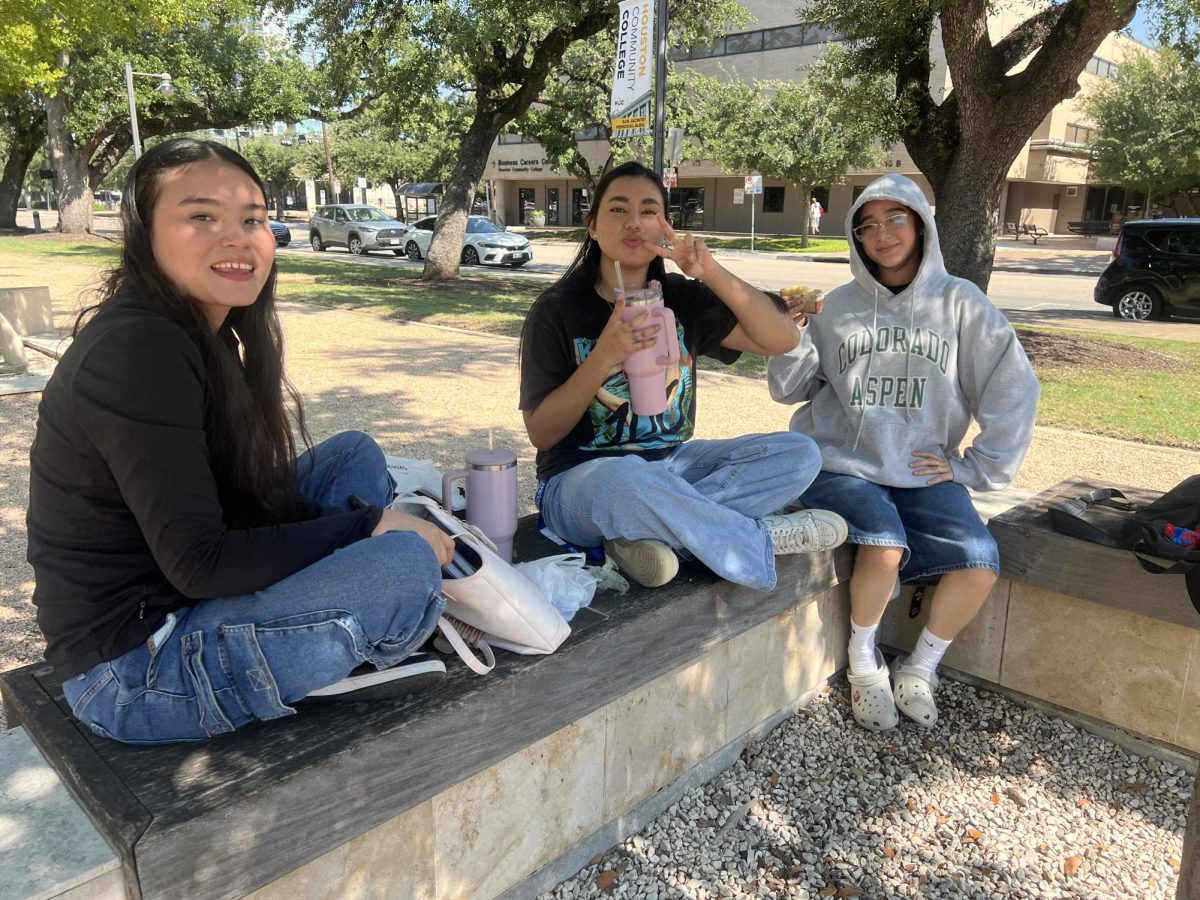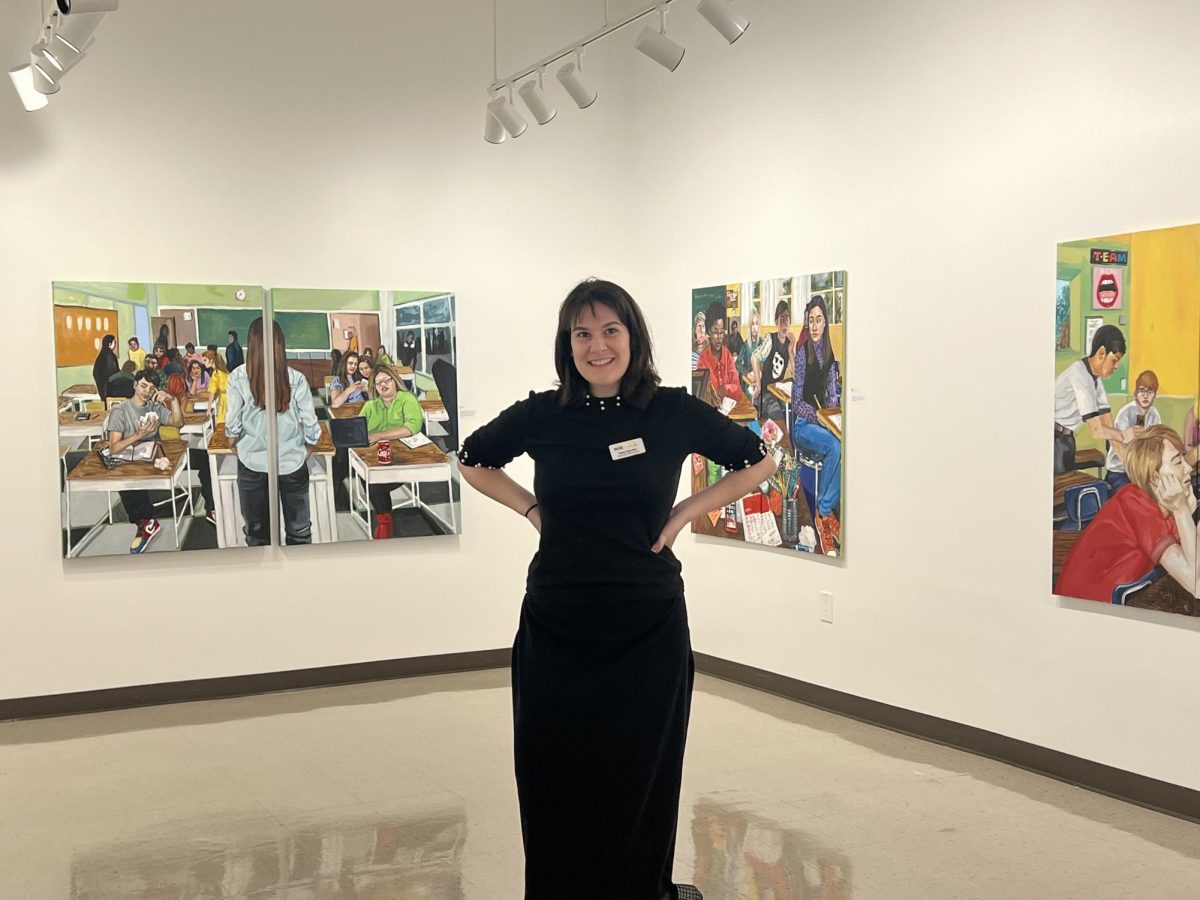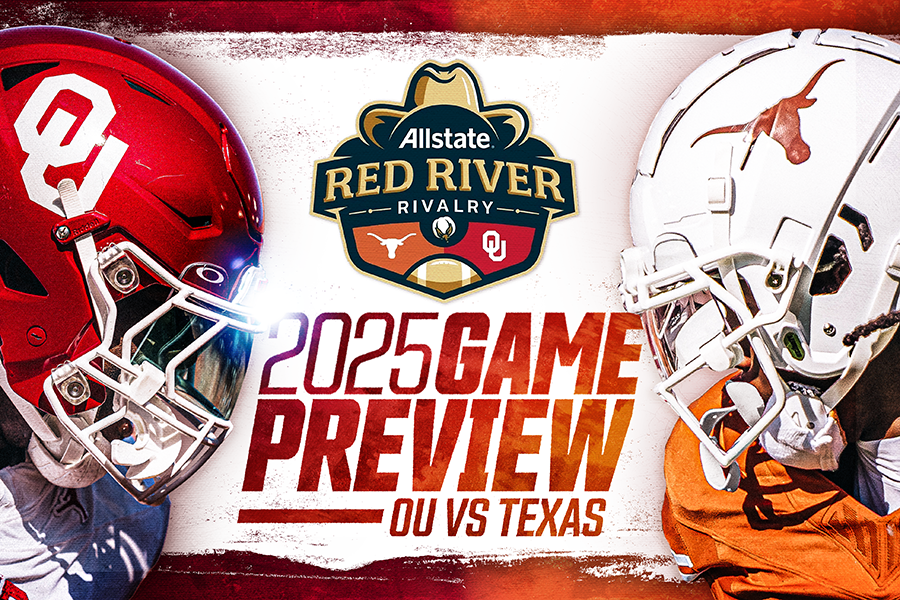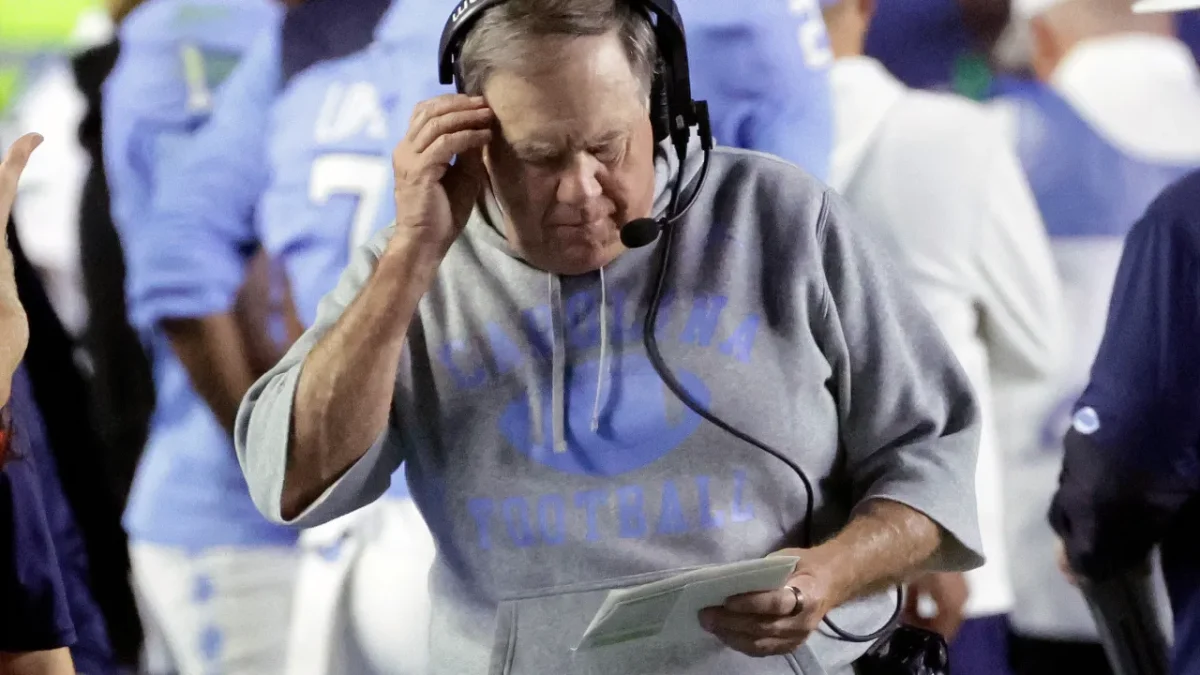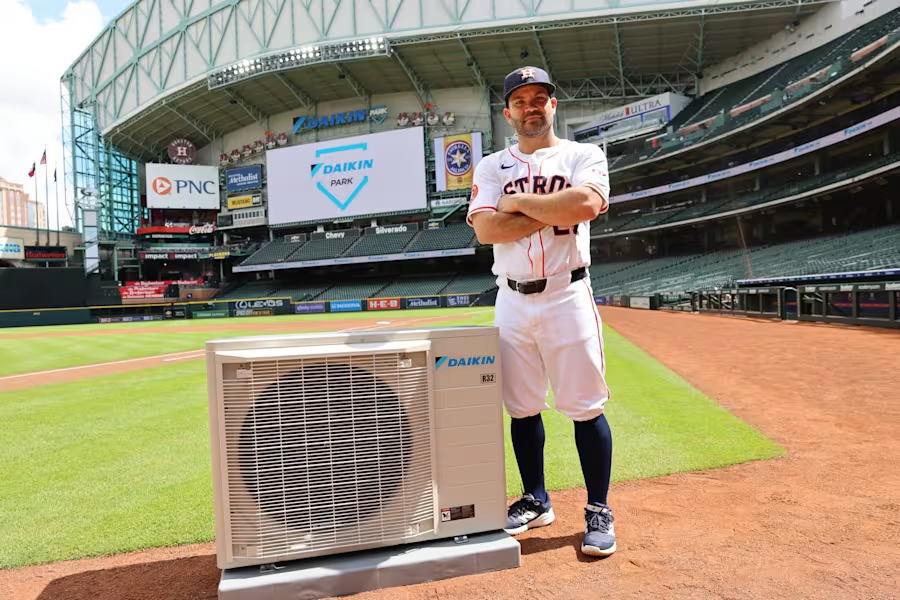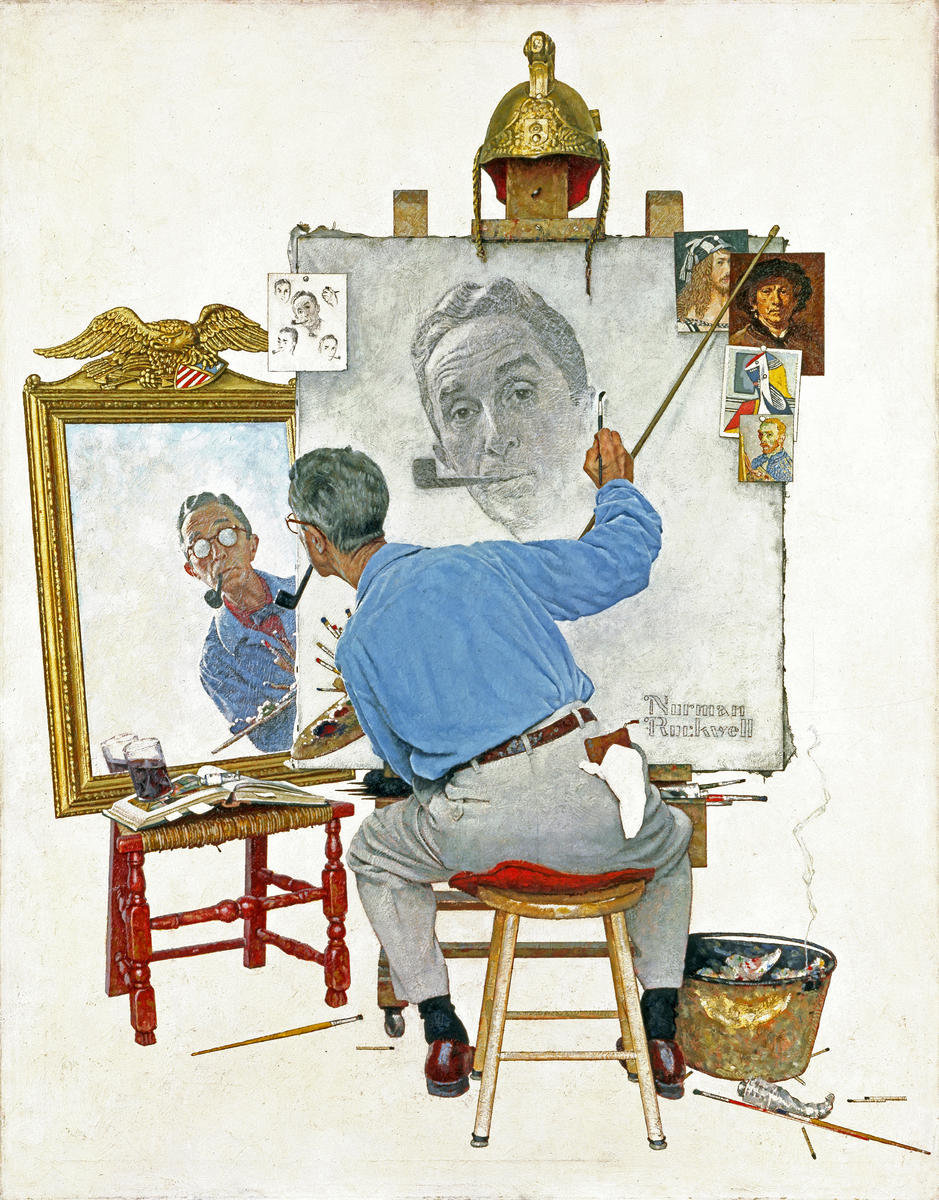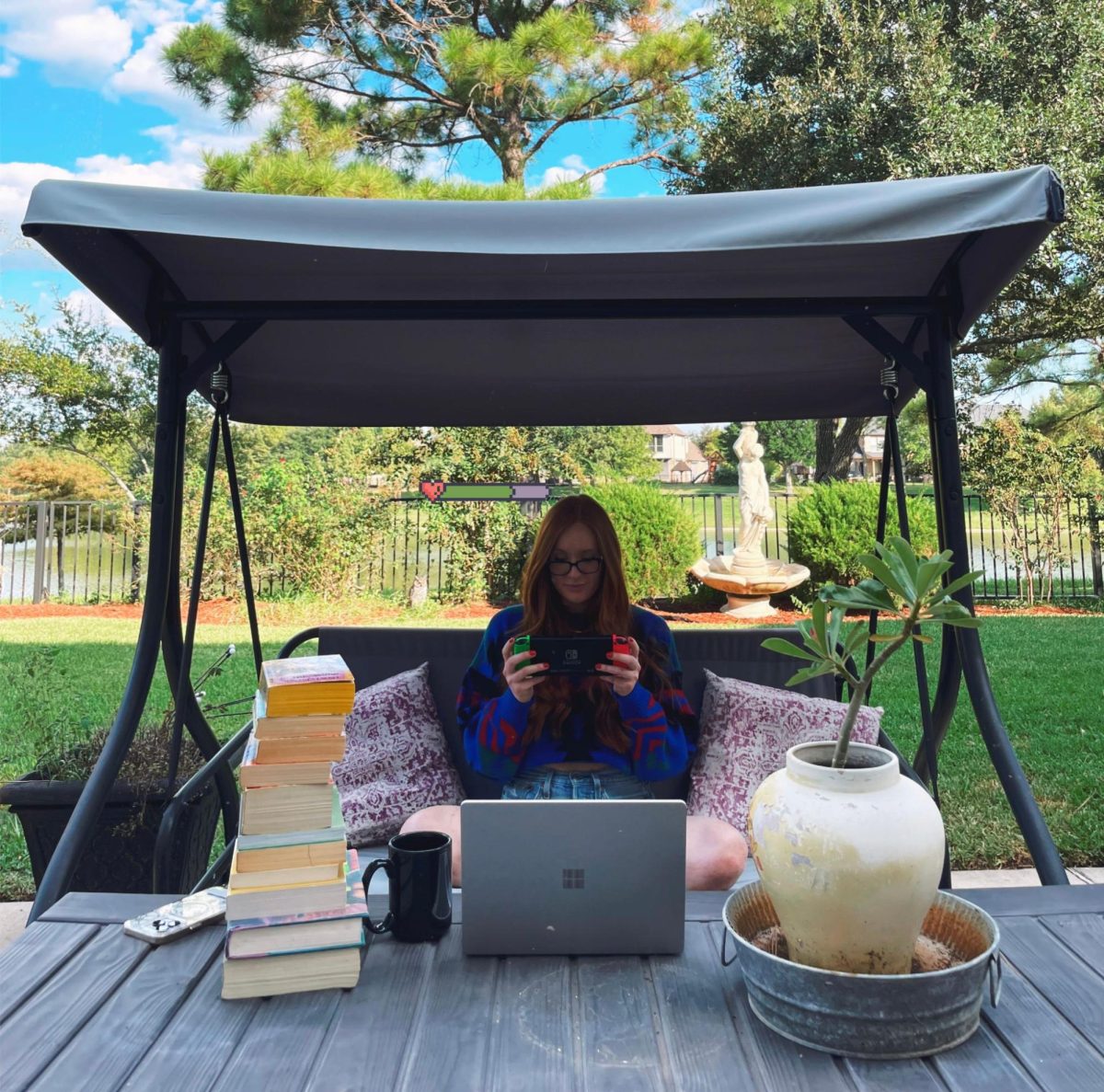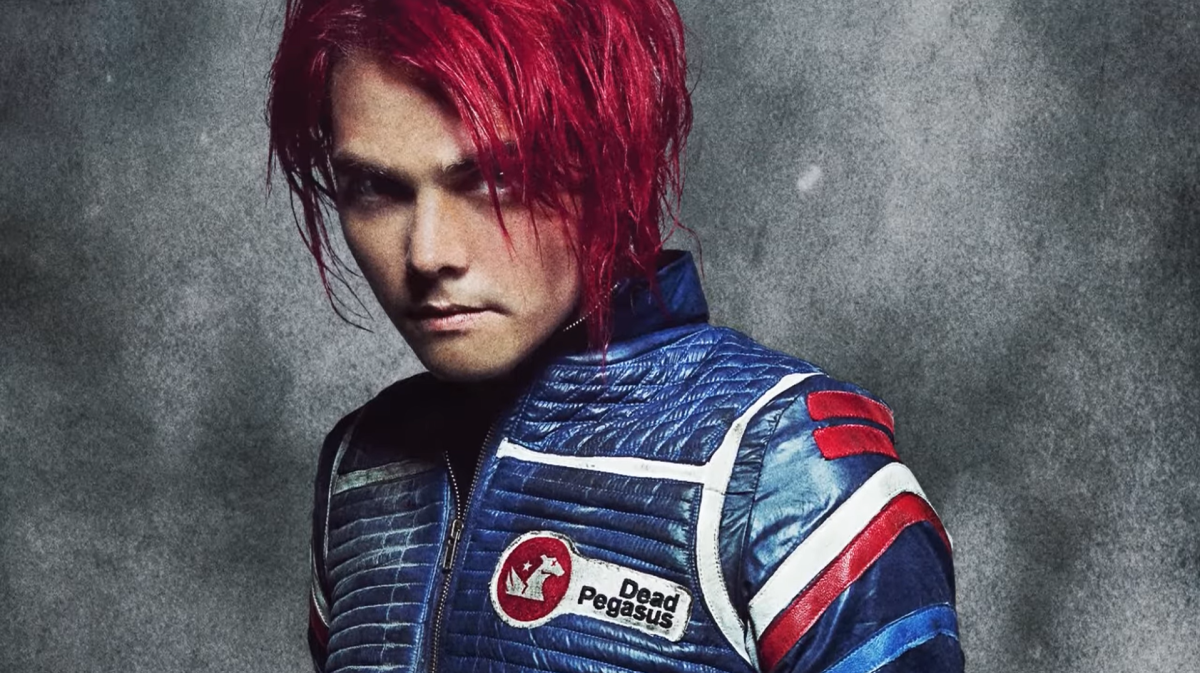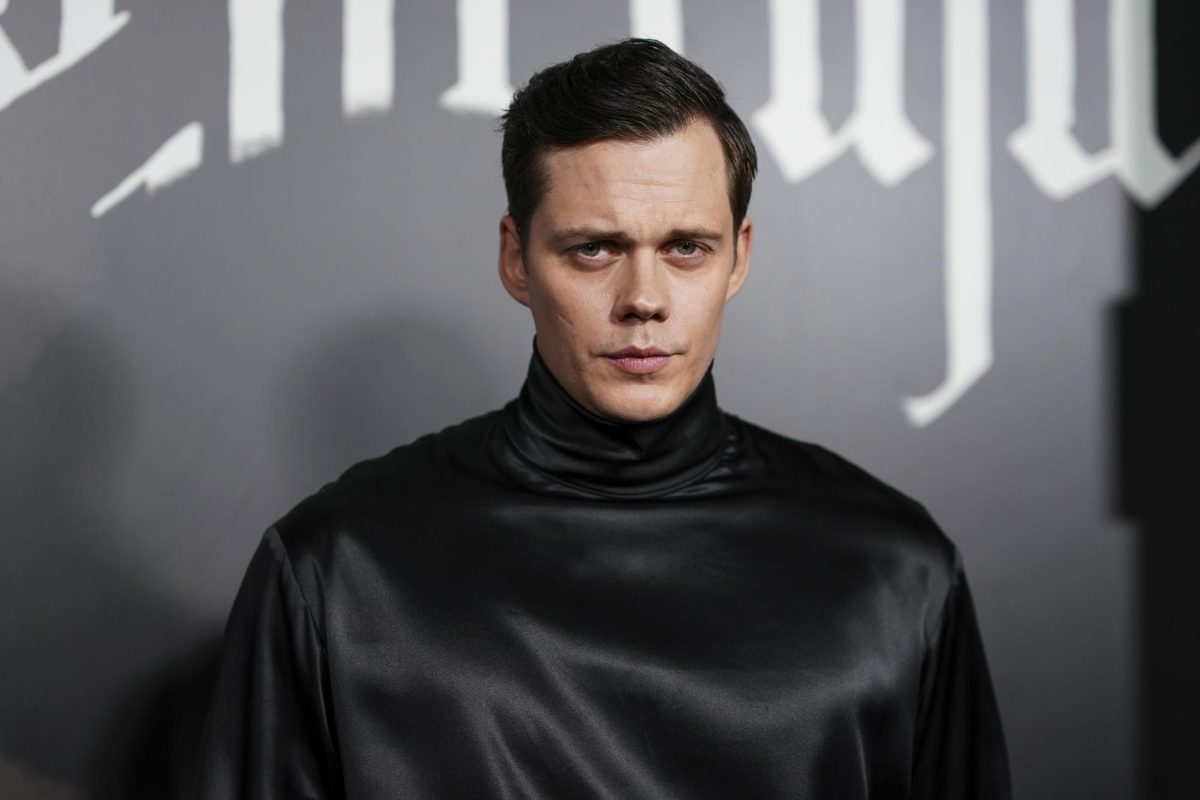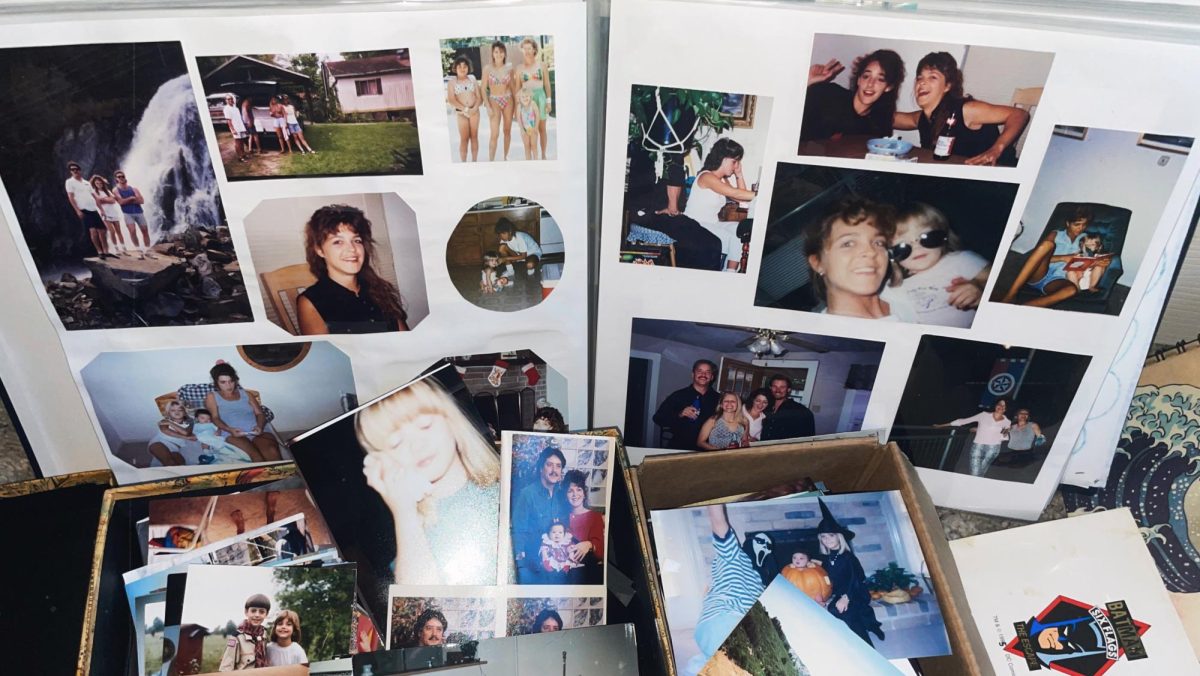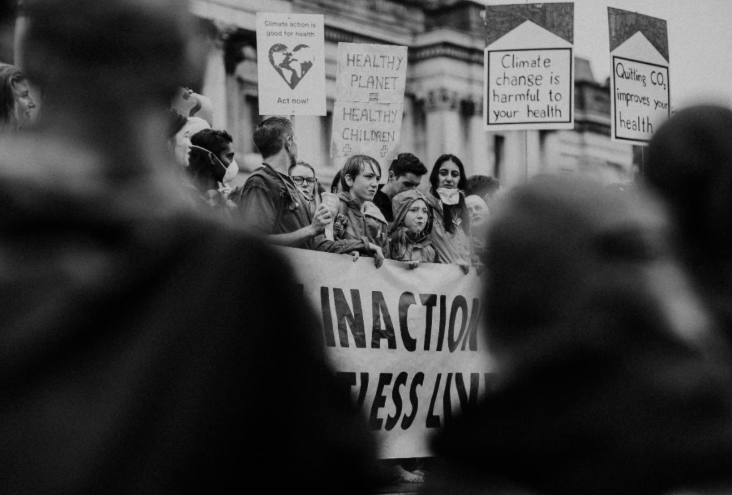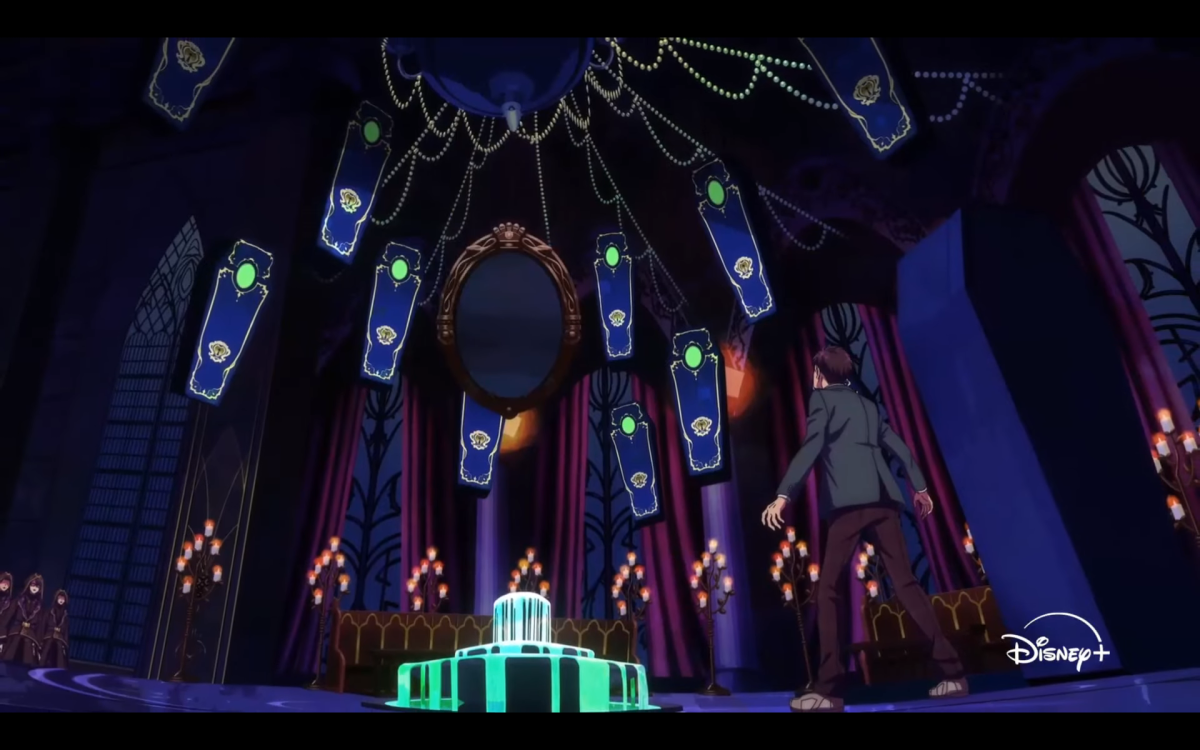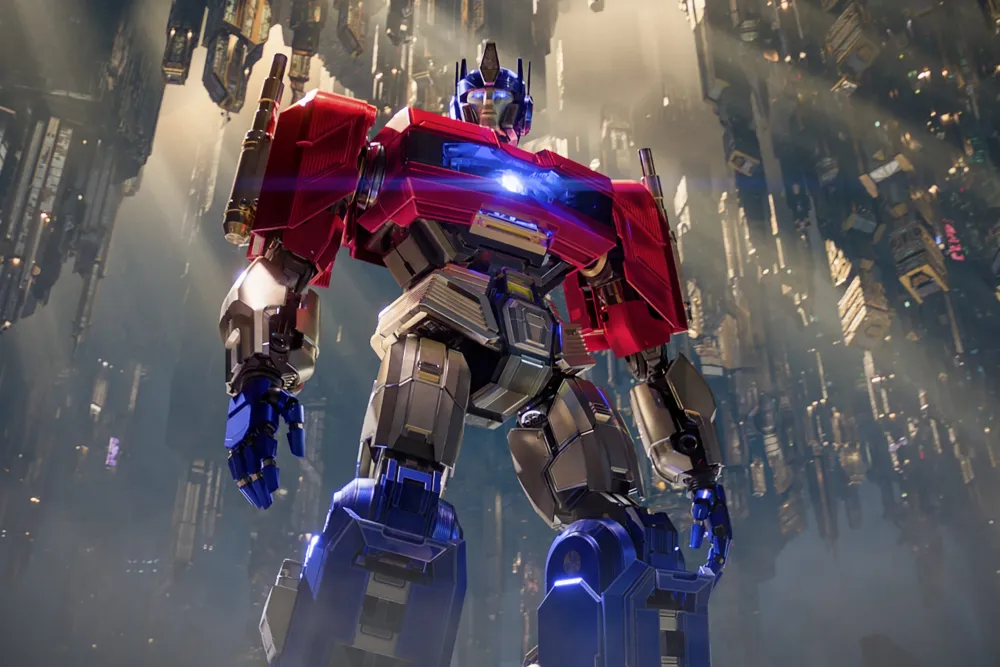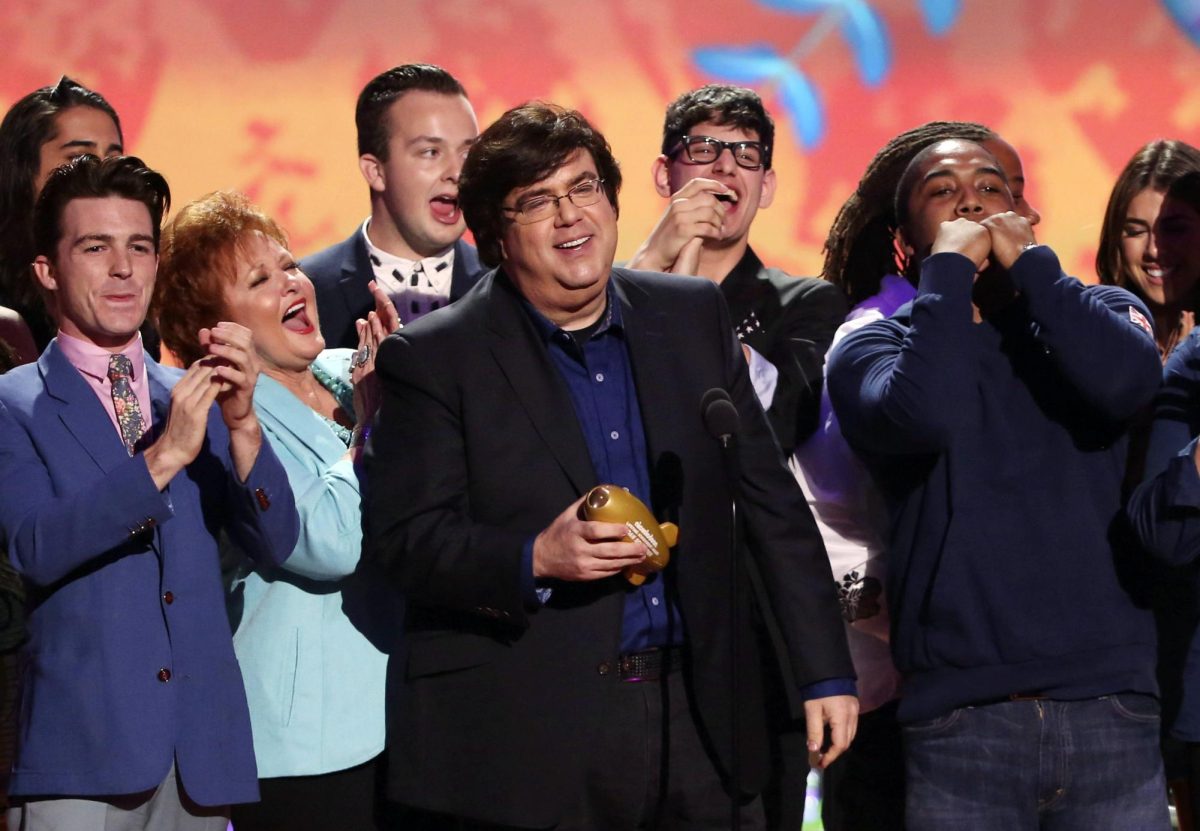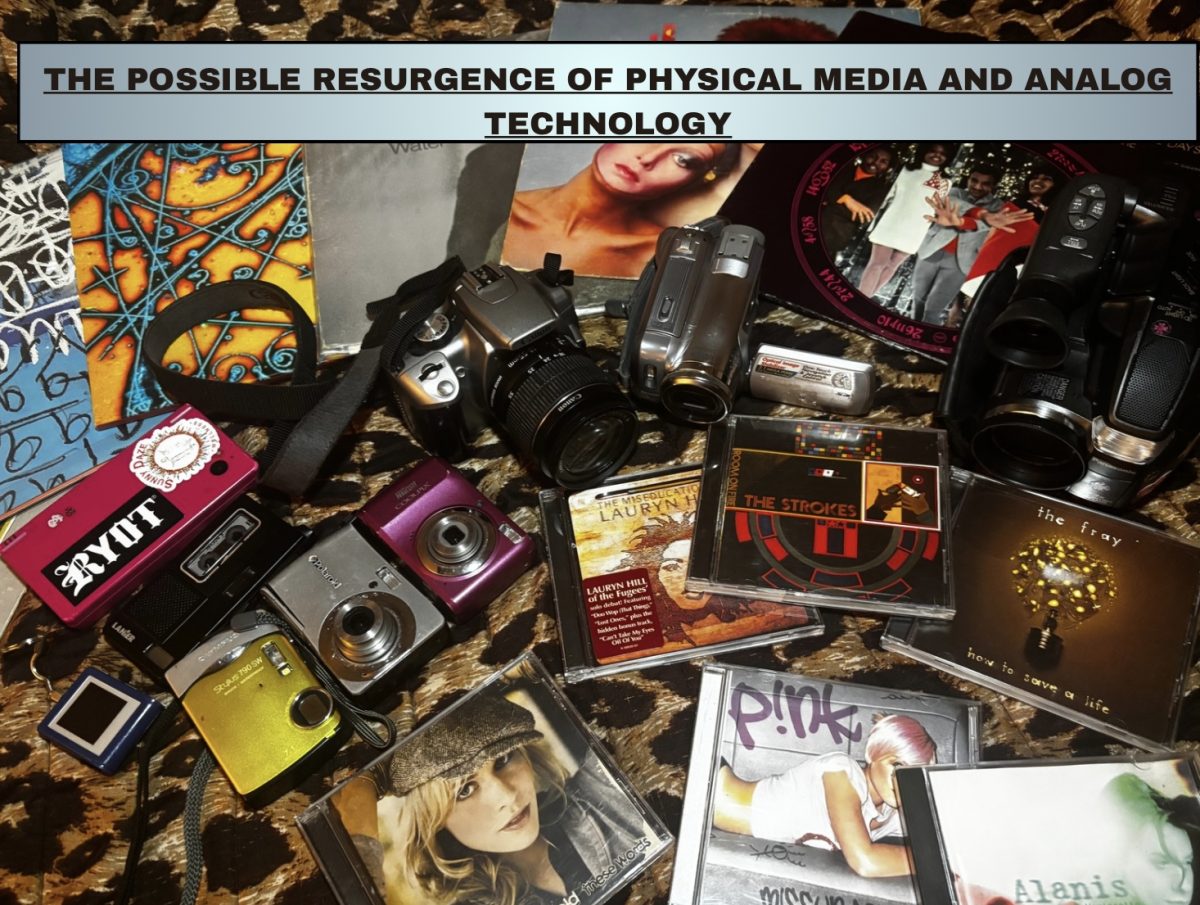In the age of streaming empires, lightning-fast Wi-Fi, and instant everything, digital convenience reigns supreme. Like The Matrix, we’ve been plugged in—fed endless content and guided by algorithms that keep us chasing the white rabbit. It’s fast, frictionless, and eerily immersive.
But amid all the noise, a quiet resurgence is taking place not across all physical media, but in specific formats like vinyl records, CDs, digital cameras, and even cassette tapes. Once considered obsolete, these formats are suddenly back in style, and it’s the younger generation leading the wave. This isn’t just about nostalgia or vintage aesthetics. It’s a cultural shift for something slower, more intentional, more tactile in a world that’s changing faster than we can keep up.
According to the Recording Industry Association of America, physical music might only make up about 11% of the $17.7 billion the industry pulled in during 2024, but it’s still on the rise. Physical media sales went up 5% from the year before, hitting $2 billion. Most of that came from vinyl records, which brought in $1.7 billion and marked their 18th year of growth in a row. CDs came in second, making $541 million—up just 1% from 2023, but still holding on
Social media has played a big role in this resurgence. Platforms like TikTok and Instagram have helped popularize vintage aesthetics, with users showing off everything from Vinyls to Cds.. But this trend goes deeper than surface-level nostalgia. It reflects a growing cultural desire to reconnect with older, more hands-on ways of engaging with media. TikTok, in particular, has helped revive interest in Y2K-era technology like camcorders and point-and-shoot film cameras.

As this analog movement grows, I wanted to hear from people who are part of it so I reached out to a variety of individuals including record store managers and analog media enthusiasts to better understand why physical media still holds so much power in a digital-first world.
To better understand the appeal of analog and physical media, I spoke with a few people who interact with it daily either through their work or their hobbies.
Robert Medellin, the manager of Cactus Music in Houston, shared how digital media can feel limited compared to its analog counterpart. “When it comes to digital music versus analog, we’re at the mercy of our internet connection,” he told me. “How music is produced and released digitally might not offer the same warmth or texture that analog provides.”
Before leaving the store, I was also approached by a customer named Richard, who had overheard our interview . Now in his 50s, Richard spoke passionately about why he still buys physical media. “Analog has a way of engaging multiple senses. The memories last longer and are stronger. I can go back almost exactly to the moment I put in that Cd and remember where I was and who I was with”.
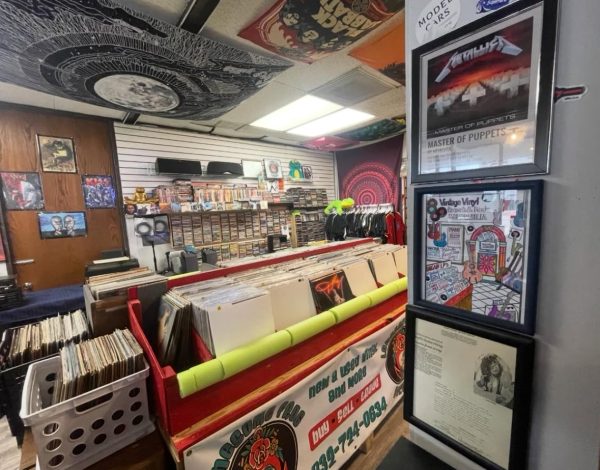
Photo courtesy of Lonesome Frog Records. (Brett Villa)
While over at Lonesome Frog Records, shop manager Brett Villa offered a broader cultural perspective. “People are trying to rectify what they’ve lost or had written off. Analog will always be here, against all odds,” he said. Villa, who also works as an auto engineer, noted how digital convenience has changed the way we listen. “Streaming makes it too easy to consume music passively. I’ve lost that urge—that itch—to slow down, be present, and fully engage with the moment, the way I used to when listening to CDs or analog formats.”
One person tapped into the Y2K wave is Saint, a 24-year-old music producer and student at the University of Houston. For him, it’s more than just an aesthetic it’s rooted in memory and meaning.
“I’m drawn to Y2K because it’s what I was raised on—it kind of set my expectations for adulthood, and I never really let that go. Back then, social media wasn’t like it is now, and I honestly envy that. Socializing felt more real, more fun—on and offline. Now, everything feels kind of performative or like there’s an agenda behind it. And don’t get me wrong, I like where music is today, but back then, artists had to really have something to stand out. The industry was more centralized, so it was easier to get pulled into the moment and the culture. These days, everyone’s famous and it’s hard to keep up.”
When asked if this comeback reflects something deeper Saint didn’t hesitate:
“Definitely. Gen Z is so nostalgia-driven. We basically grew up while tech was evolving, so we’ve seen the pros and cons in real time. A lot of us just want to go back to when things felt easier. That’s why you’re seeing people bring back different fashion eras, disposable cameras, and even older nightlife vibes. There’s something about that analog feel that just hits different.”
Saint’s perspective stuck with me because it echoed something I’ve felt for a long time. I myself have always had a soft spot for analog tech. Even as a kid, I was the one digging through my dad’s old equipment, pressing buttons and messing around just to see how it all worked.
Lately, with everything moving so fast online, I’ve found myself feeling disillusioned—craving something slower, something I could actually hold and feel connected to. That’s when I started revisiting analog formats more seriously. Whether it’s putting on a record or capturing moments on a digital camera, it all just feels more special.
In a society that prizes speed, convenience, and constant connectivity, the return to physical media might seem like a step backward. But for many of us, it’s really a way forward another way to reconnect with something more grounded, more personal, and more human.


